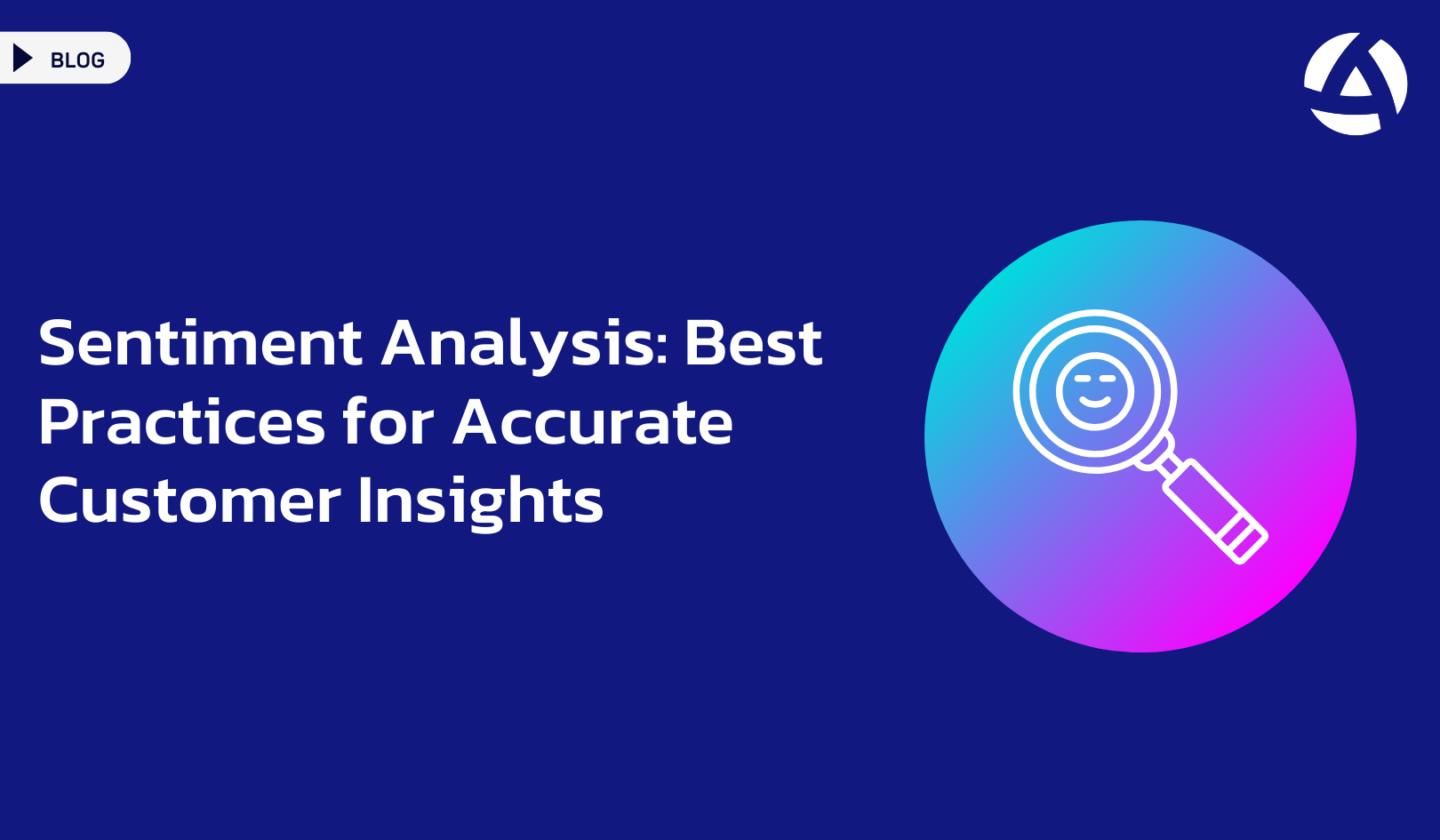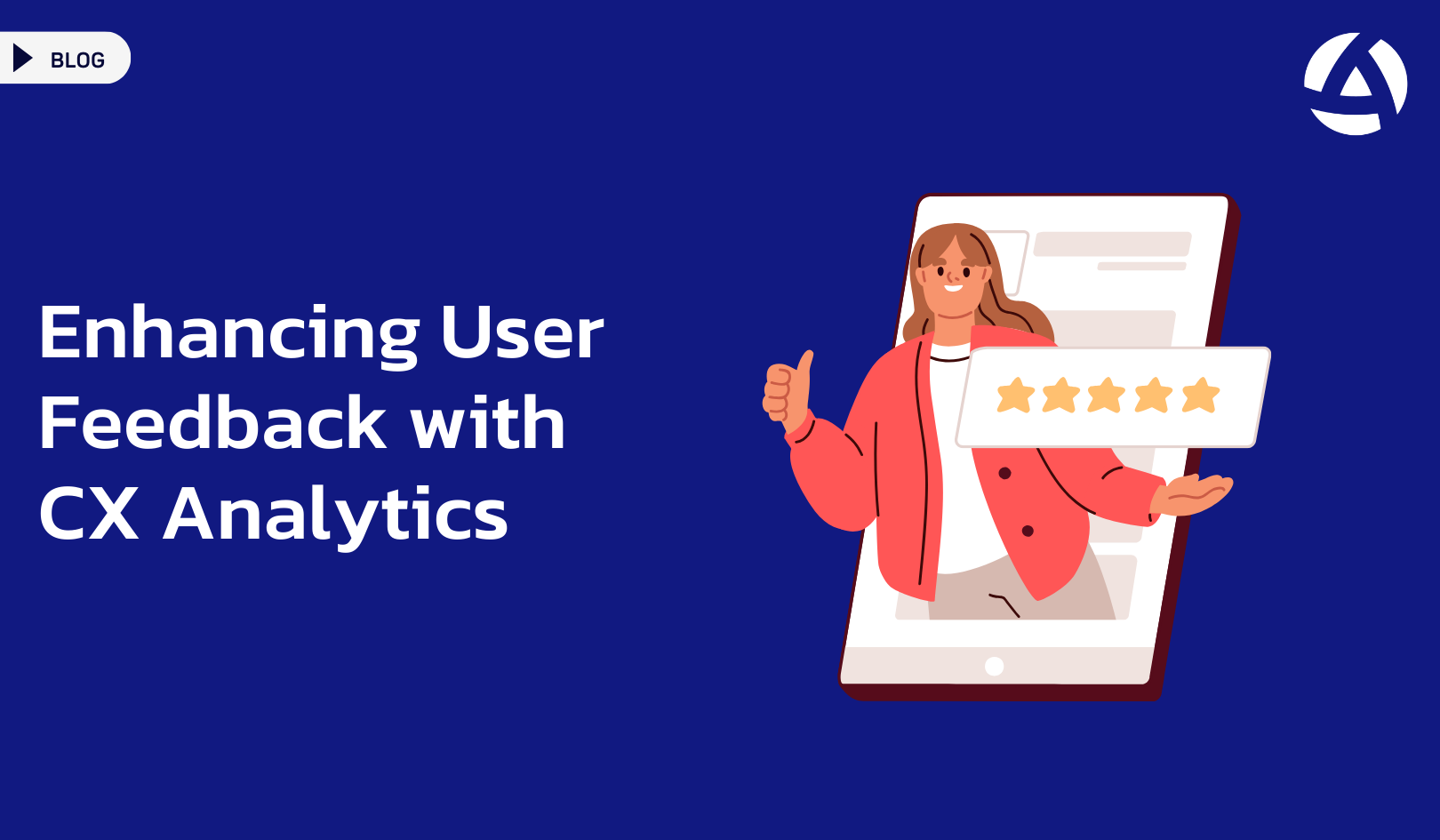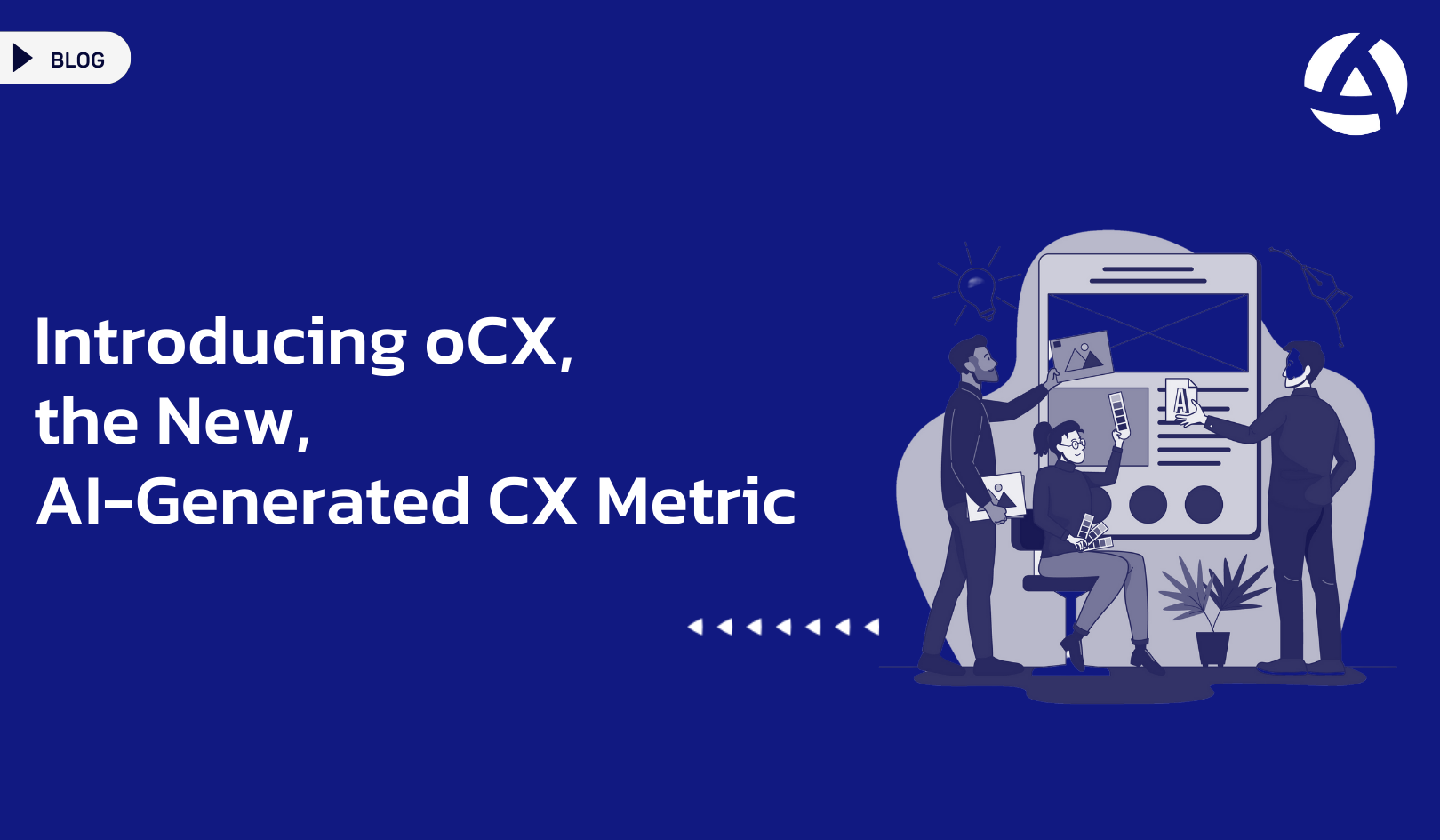Sentiment analysis is a powerful tool for understanding customer emotions and opinions at scale. By analyzing text data such as reviews, social media posts, and survey responses, companies can gain valuable insights into customer satisfaction, preferences, and expectations. To ensure effective sentiment analysis, certain best practices must be followed, which can help businesses extract meaningful insights and apply them to decision-making.
Understanding Sentiment Analysis
Sentiment analysis is a natural language processing (NLP) technique that identifies and categorizes the emotional tone within a body of text. This can be categorized as positive, negative, or neutral, providing a quantitative method for evaluating customer sentiments across large datasets. Beyond traditional surveys or feedback forms, sentiment analysis enables businesses to harness the vast amounts of unstructured data that exist online, including tweets, product reviews, and comments on forums. This gives companies a deeper, real-time understanding of how their customers feel and allows them to be more proactive in addressing potential issues or opportunities.
Why Sentiment Analysis Matters for Businesses
In today’s highly competitive marketplace, understanding customer emotions is critical for creating personalized experiences and improving brand loyalty. By tracking sentiments, businesses can discover how customers feel about specific product features, services, or marketing campaigns. Moreover, S.A can help identify shifts in customer expectations, allowing companies to stay agile in responding to market changes. With more customers expressing their opinions online, the ability to process and analyze this feedback efficiently has become indispensable. Companies that leverage sentiment analysis effectively can gain a competitive edge by quickly addressing concerns, improving offerings, and enhancing overall customer experience.
Best Practices for Conducting Sentiment Analysis
To optimize the value of sentiment analysis, businesses should adhere to the following best practices:
1. Use Quality Data Sources
For accurate results, it’s essential to gather data from relevant and high-quality sources. Common sources include:
- Customer reviews
- Social media platforms
- Support tickets
- Surveys and feedback forms
By using a variety of data sources, businesses can obtain a more holistic view of customer sentiment. It’s important to ensure that the data collected is representative of your customer base. For instance, relying solely on social media may introduce bias if your brand’s social media following is not reflective of your entire customer demographic.
2. Pre-Process the Data
Before applying sentiment analysis, cleaning and pre-processing the data is crucial. This includes:
- Removing irrelevant information such as URLs, symbols, or unnecessary characters.
- Handling misspellings and correcting common language errors.
- Normalizing text by converting all text to lowercase and standardizing word forms (e.g., changing “isn’t” to “is not”).
By cleaning the data, you improve the accuracy of the sentiment analysis algorithms. Pre-processing also involves eliminating stop words (e.g., “the,” “and”) and ensuring consistent formatting across the dataset, especially if the data comes from multiple sources. Another step in pre-processing is tokenization, which breaks the text into smaller units (words or phrases) to make analysis easier. High-quality data preparation lays the foundation for accurate results and meaningful insights.
3. Use the Right Algorithm
There are several algorithms available for performing sentiment analysis, and choosing the right one depends on your specific needs. Consider these:
- Rule-based approaches rely on manually created linguistic rules.
- Machine learning models are trained on datasets to classify sentiment.
- Hybrid methods combine both rule-based systems and machine learning for higher accuracy.
Assess which method works best for your business context and the complexity of your data. For example, smaller datasets may work well with rule-based methods, while large-scale data from diverse sources may require more advanced machine learning models for accurate sentiment detection. Additionally, businesses may benefit from sentiment analysis tools that use deep learning or neural networks to capture the nuance of customer language, especially when dealing with industry-specific terminology.
4. Handle Sarcasm and Context
Sarcasm can significantly affect sentiment accuracy, as most systems misinterpret sarcastic comments as positive. To reduce errors, consider:
- Contextual sentiment analysis tools that incorporate more complex models like deep learning, which can better understand tone and context.
- Human oversight when necessary to manually review high-risk sentiment classifications.
Moreover, understanding the context in which a word or phrase is used is crucial to improving accuracy. For example, words like “sick” may have a negative sentiment in medical reviews but can be positive when used in a slang context like, “That movie was sick.” Incorporating more sophisticated NLP models that can differentiate such nuances can lead to better accuracy.
5. Regularly Update Your Model
Customer language evolves, and so do sentiments. Sentiment analysis models should be updated periodically with fresh data to ensure that the system captures any linguistic trends or shifts in tone. Regular model training helps to:
- Keep pace with new vocabulary and slang.
- Improve sentiment accuracy over time.
- Adapt to emerging product issues or customer concerns.
Updating your model ensures that it remains relevant and can continue delivering valuable insights. Without regular updates, sentiment analysis systems may become outdated, leading to misinterpretations of customer feedback, especially when language shifts significantly over time.

Frequently Asked Questions
How do I choose the right sentiment analysis tool for my business?
Choosing the right S.A tool depends on your specific business needs. Consider the tool’s ability to handle large volumes of data, its integration with your existing platforms, and its accuracy in detecting sentiment in your target language or industry. Additionally, check for customizable options and user-friendly interfaces.




